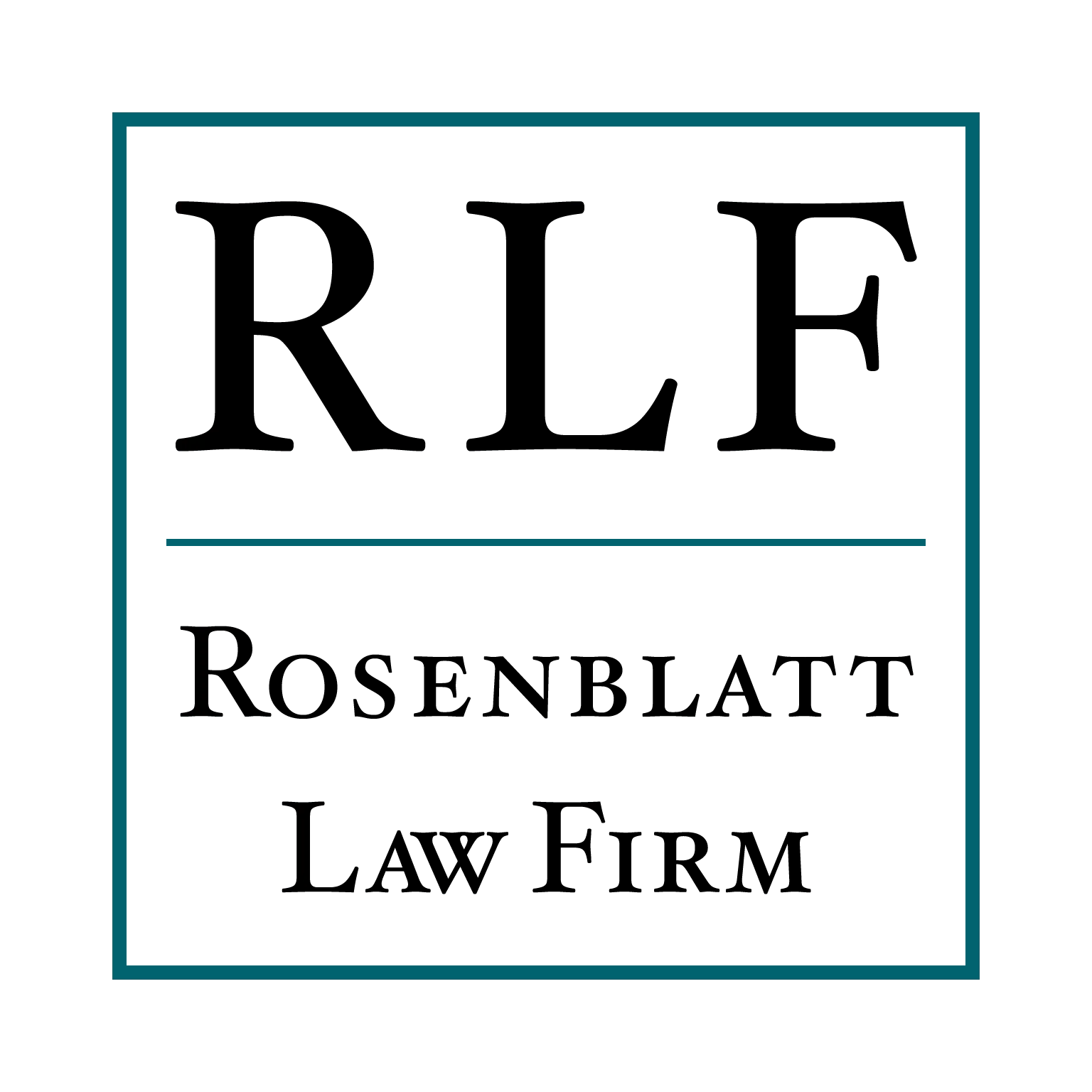In the first quarter of 2019, assets held in qualified retirement plans and individual retirement accounts totaled over $29 trillion, and retirement assets accounted for nearly 33% of all household financial assets in the United States. Considering the ongoing COVID-19 threat and business layoffs across the nation, individuals facing reduced income or hours face several important questions including: Are my retirement account funds protected if I file bankruptcy? Do I lose creditor protection if I roll over my 401(k) Plan to an individual retirement account (IRA)? The short answer for both questions is—it depends on the type of retirement account owned and state law.
Creditor Protection of Retirement Assets
Do 401(k) Plans Have Creditor Protections?
For plans subject to the Employee Retirement Income Security Act (“ERISA”), which covers most qualified retirement plans (e.g., 401(k) Plans, 403(b) Plans), the determination often revolves around whether the funds were moved out of the ERISA plan. For funds rolled over from an ERISA plan to an IRA, ERISA creditor protections are generally lost in bankruptcy. However, for funds retained within an ERISA Plan, the funds are generally protected from garnishment, levy, and attachment by creditors—even if an individual taxpayer files for bankruptcy. In addition, the Bankruptcy Abuse Prevention and Consumer Protection Act of 2005 (“BAPCPA”) extended coverage to ERISA Plan. Under BAPCPA, ERISA Plans are entirely protected from an individual’s bankruptcy estate. In other words, because of BAPCPA, a bankruptcy court generally will not include any retirement plan assets in determining which assets can be used to repay debts.
Do IRAs Have Creditor Protections?
IRAs are also protected under BAPCPA, but vary by IRA type. BAPCPA excludes traditional contributory IRAs and Roth IRAs from the bankruptcy estate, but only up to a current limit of $1,362,800 (ending April 1, 2022)—which is inflation adjusted every 3 years. On the other hand, IRAs funded from a rollover of a previous employer’s retirement plan (each a “Rollover IRA”) are protected and do not count towards the limit for contributory traditional or Roth IRAs. Under BAPCPA, Rollover IRAs are entirely excluded from bankruptcy. Unfortunately, inherited IRAs are not afforded the same protection as contributory or Rollover IRAs and federal law does not afford the same protections in bankruptcy.
Outside of bankruptcy, traditional contributory IRAs and Roth IRAs and inherited IRAs, have protection only under state law. As such, the possibility of asset seizure by creditors depends on the application of individual state law. ERISA Plans, on the other hand, are fully protected from creditors under federal law (ERISA), except for Qualified Domestic Relations Orders (“QDROs”) and IRS levies. Lastly, Rollover IRAs lose their ERISA protection outside of bankruptcy and taxpayers must therefore look to state law for creditor protections.
Participants in qualified retirement plans subject to ERISA should consider the degree of creditor protection when deciding to keep their accounts under an ERISA Plan or rolling over accounts to an IRA.
Please contact an experienced estate planning attorney or tax professional to determine what level, if any, creditor protection your state of residence offers.



